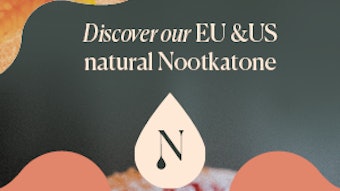
The use of essential oils is showing no signs of slowing down, with an expected growth at a compound annual growth rate (CAGR) of 7.5% from 2020 to 2027 in the global marketa. Consumer demand is driving the use in food and beverage, personal care, cosmetics and aromatherapy.
Because some essential oils have been known to have anti-inflammatory and antiviral properties, there is a long history of using them as a natural home remedy for a range of ailments. Such remedies have caused added interest in the use of essential oils to help combat the symptoms of COVID-19.1
With the growing popularity of essential oils, the likelihood of adulteration by the addition of cheaper oils or oil constituents increases to maximize profits. Since there are many possible ways adulteration can occur, it can be a challenge to analyze these products. An efficient method for the detection of such adulteration is the use of chromatographic fingerprinting methods, in particular, high-performance thin-layer chromatography (HPTLC).
References:
awww.grandviewresearch.com/industry-analysis/essential-oils-market
- Asif, M., Saleem, M., Saadullah, M., Yaseen, H. S., & Al Zarzour, R. (2020). COVID-19 and therapy with essential oils having antiviral, anti-inflammatory and immunomodulatory properties. Inflammopharmacology, 28(5), 1153–1161. www.doi.org/10.1007/s10787-020-00744-0
For the full article, please check out the Perfumer & Flavorist+ September 2021 issue.










